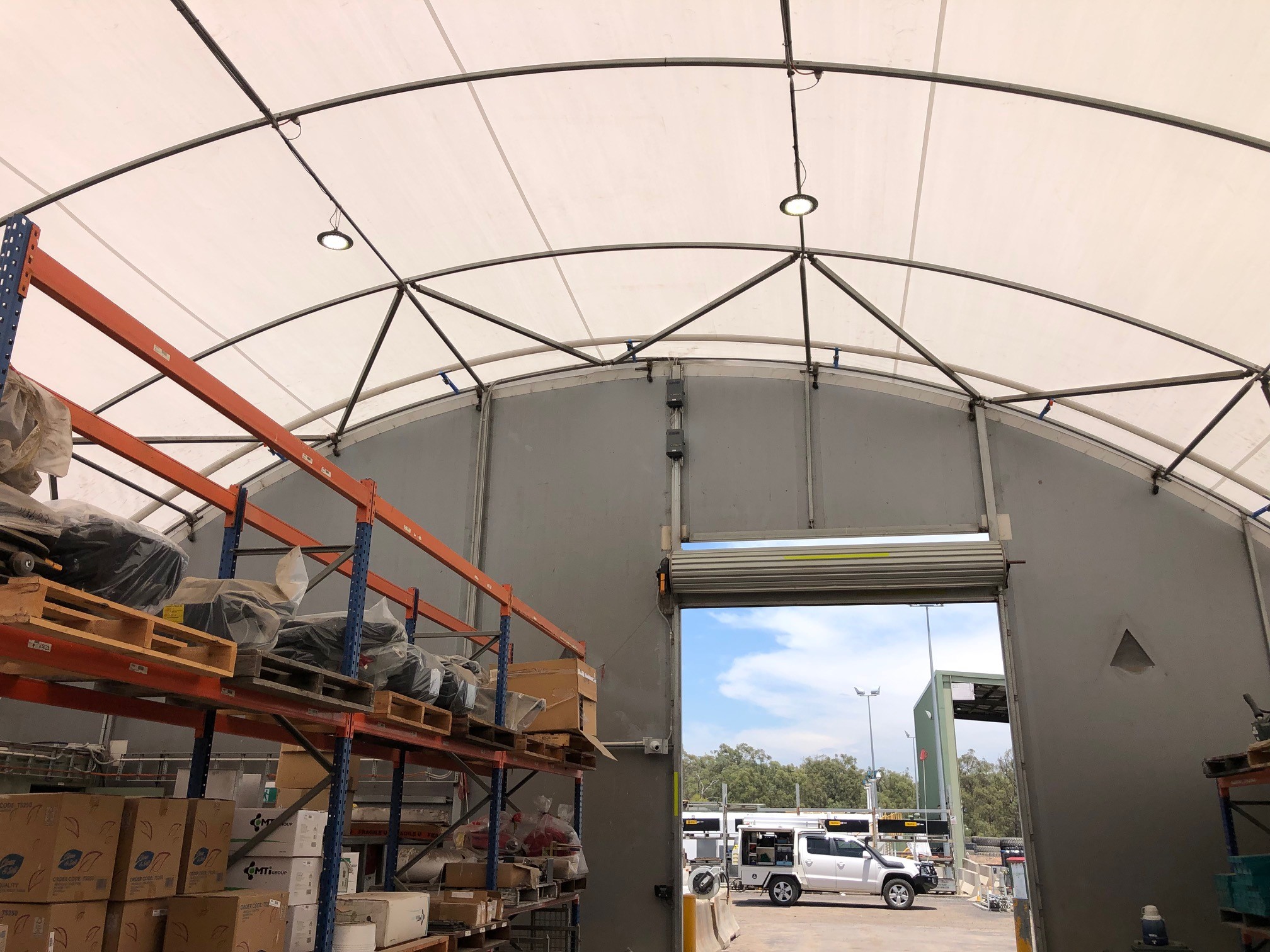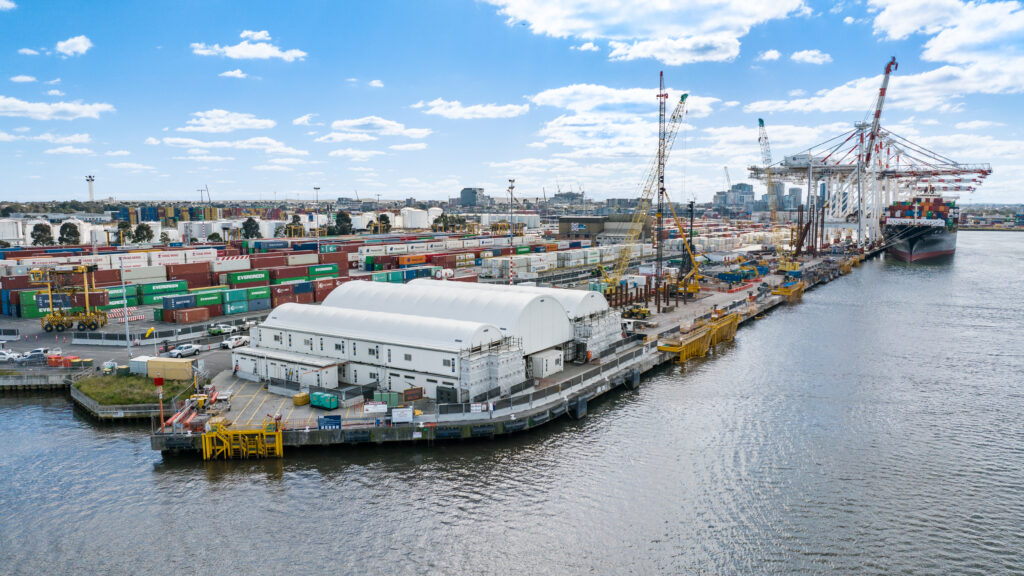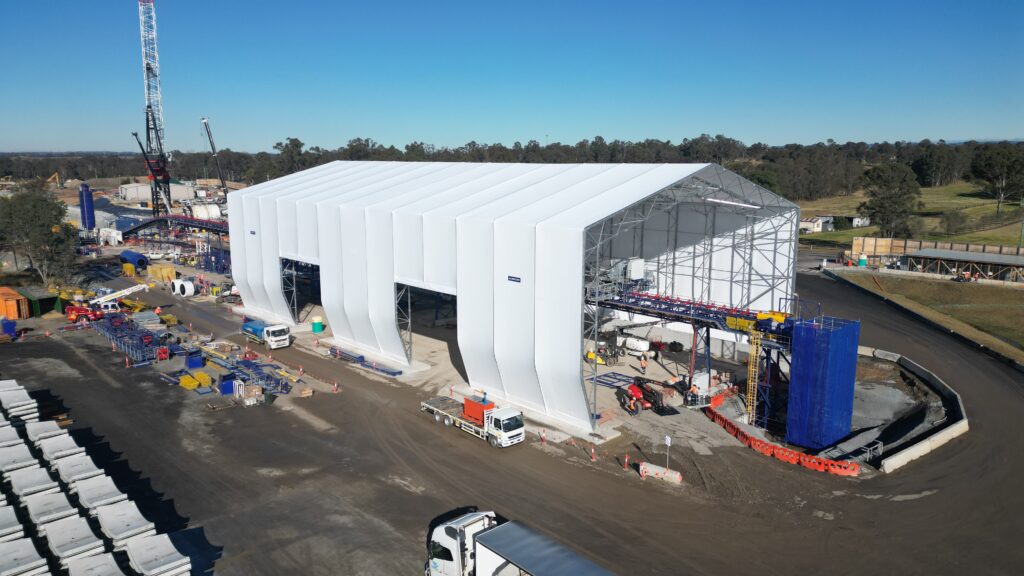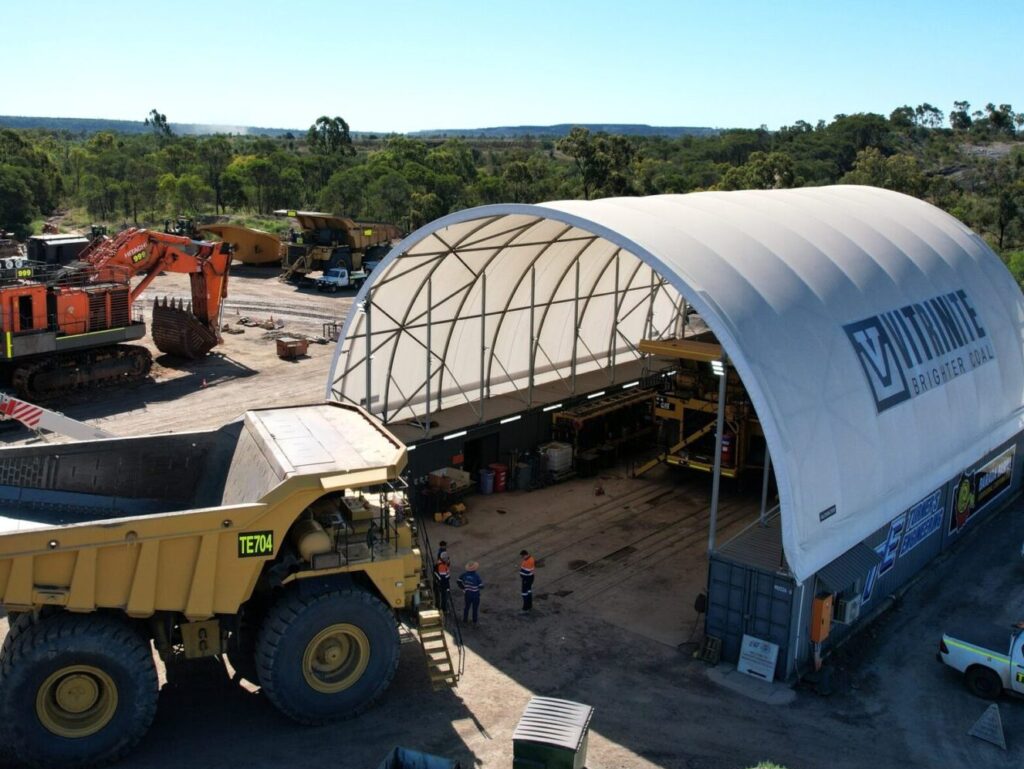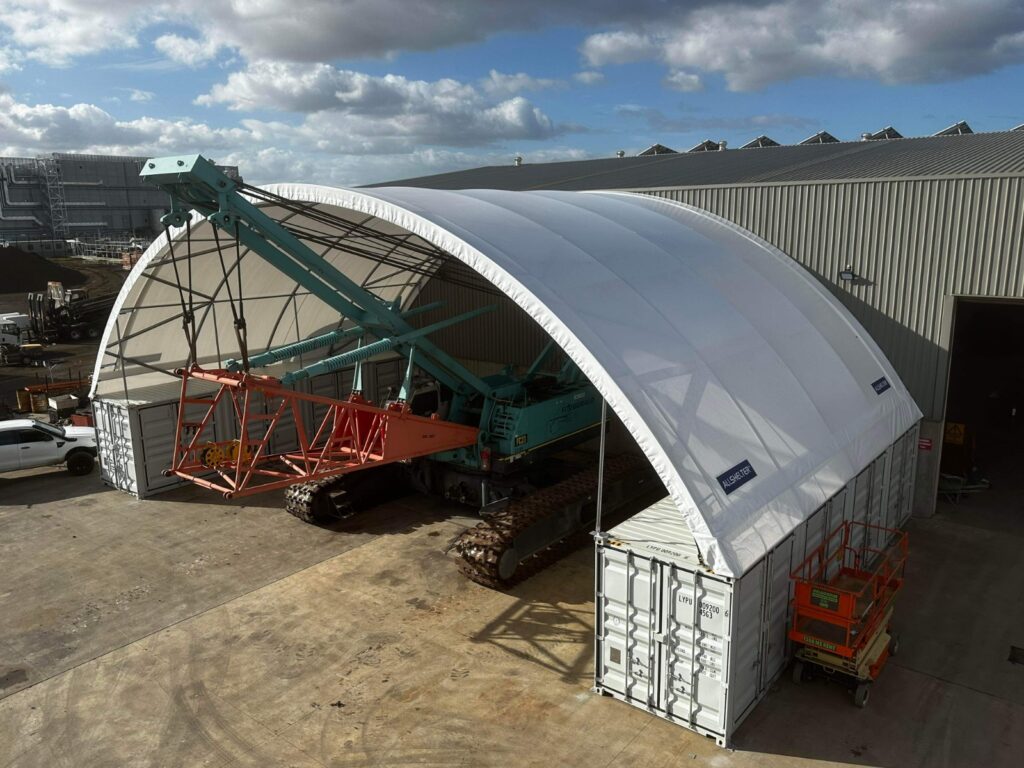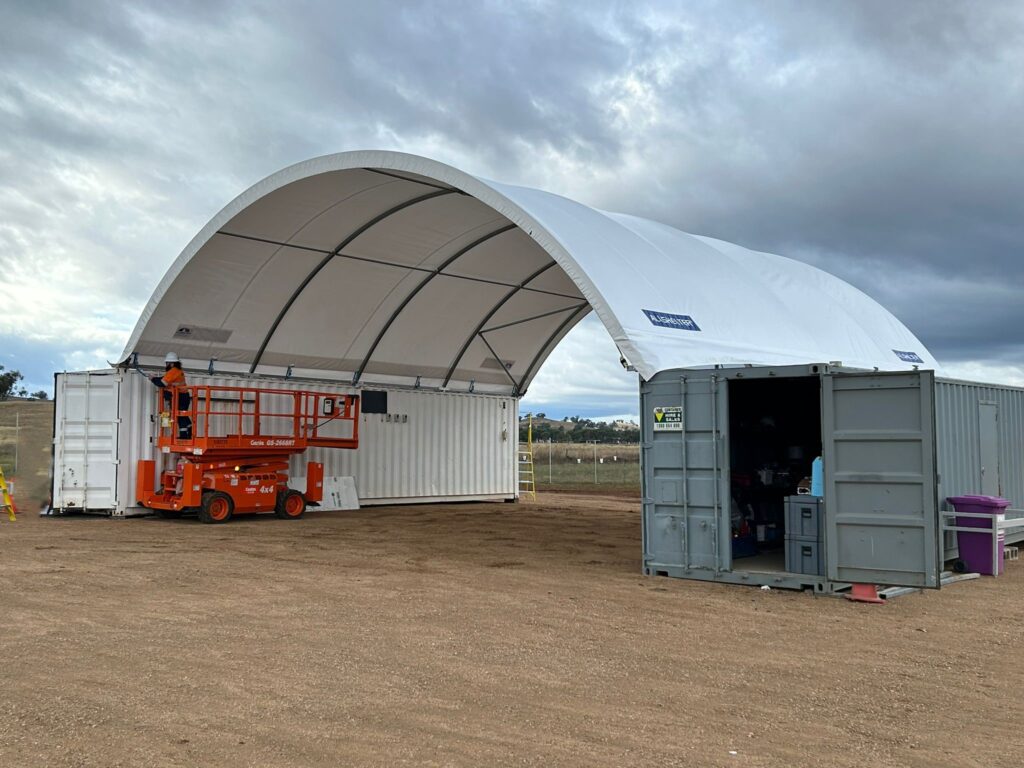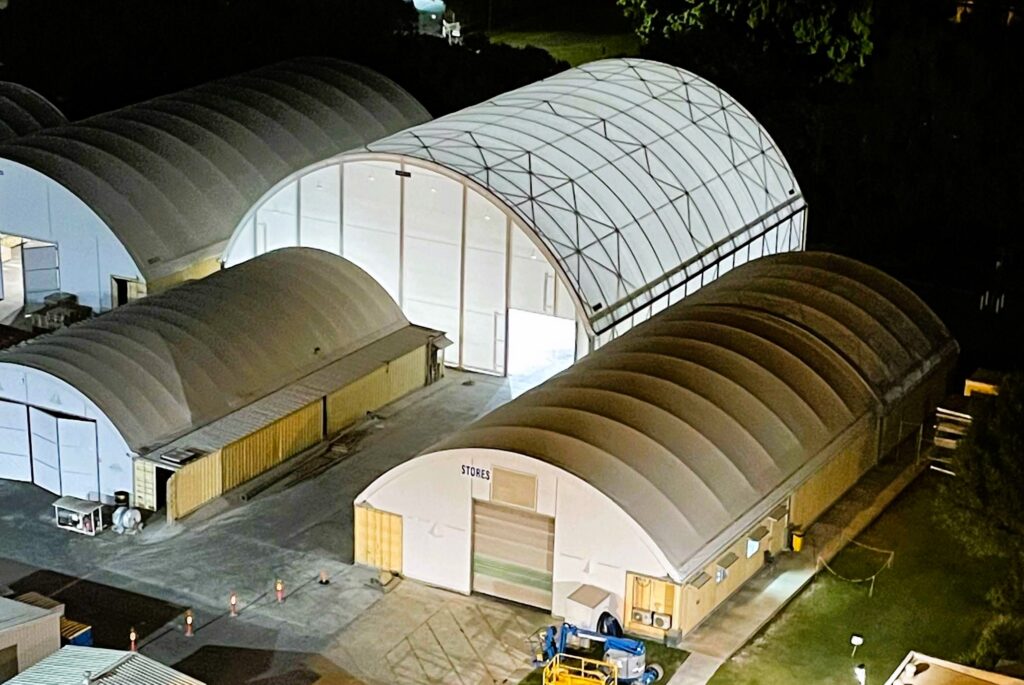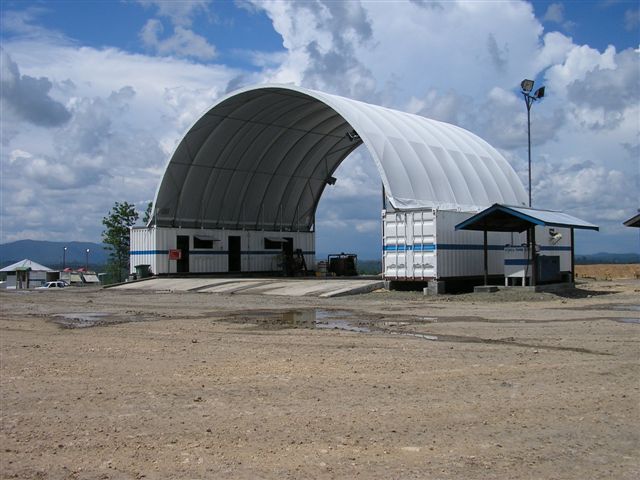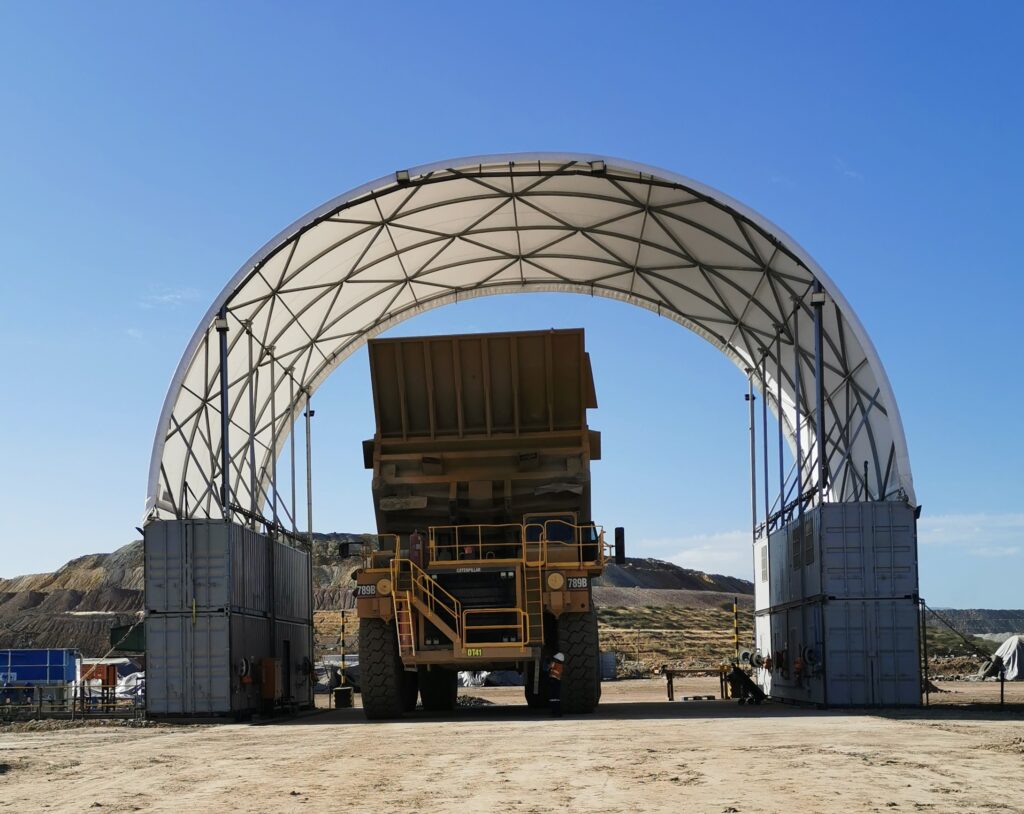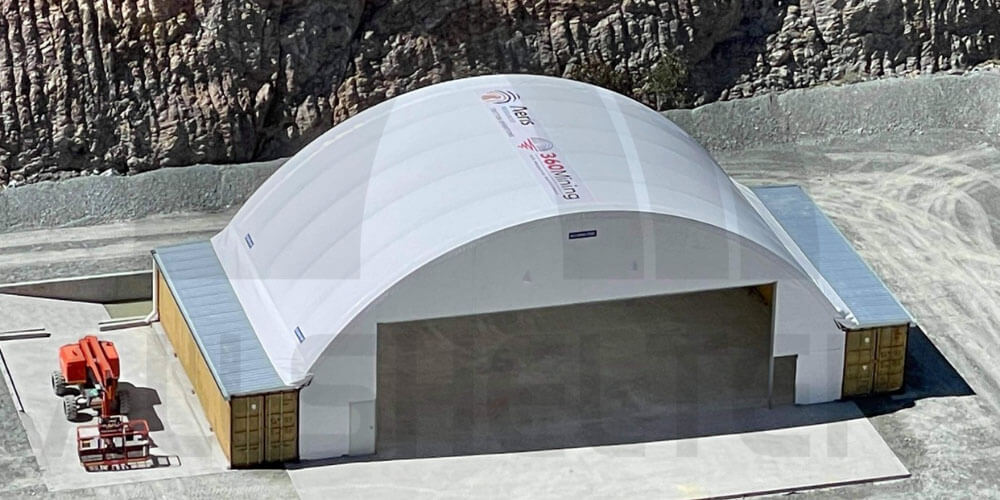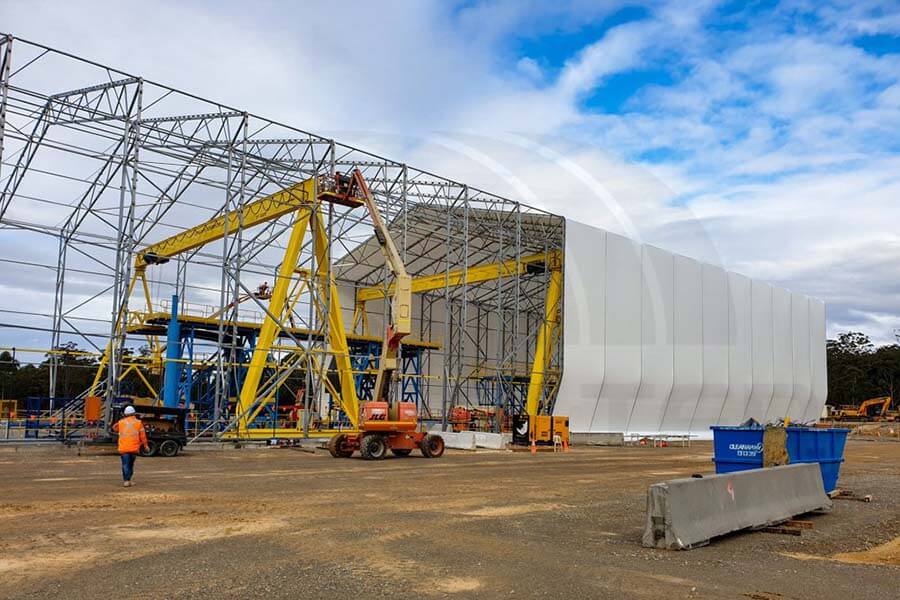Within the ever-evolving realm of supply chain management, the significance of “warehouse logistics” is becoming increasingly popular. It encompasses a multifaceted approach designed to optimise the efficiency of storage and movement of goods within a warehouse. The implementation of effective warehouse logistics is paramount for companies looking to refine their inventory management practices, streamline their day-to-day operations, and ultimately elevate the level of satisfaction among their customers. By strategically organising storage spaces, optimising inventory levels, and implementing efficient material handling processes, businesses can reduce costs, minimise errors, and improve overall productivity. In today’s competitive market environment, effective warehouse logistics play a pivotal role in maintaining a competitive edge and meeting evolving customer demands.
What is Warehouse Logistics?
Warehouse logistics is the systematic planning, implementation, and control of efficient warehouse storage, movement, and processing of goods. It requires precise coordination of tasks such as inventory counts, stock rotation, real-time tracking, and the improvement of ways to maximise floor space usage. These tasks are often facilitated by sophisticated systems and software programs designed specifically for warehouse management and logistics.
Implementing a well organised and streamlined inventory management system is paramount for minimising errors and delays within warehouse operations. Such optimisation establishes a seamless flow of goods, which is crucial for meeting customer needs promptly and maintaining a competitive advantage amidst the ever evolving market landscape. A finely tuned inventory system enhances operational agility, enabling businesses to adapt swiftly to fluctuating demands and market trends. By prioritising precision in inventory control, companies can mitigate risks associated with low stock, overstocking, and logistical inefficiencies, therefore maximising profitability and customer satisfaction. Essentially, effective inventory management is indispensable for navigating the intricacies of modern business environments and fostering sustainable growth.
Challenges of Warehouse Logistics
Warehouse managers continually face a maze of challenges in the realm of logistics. From the struggle of optimising warehouse space to the ongoing battle with inventory control, these people face a myriad of obstacles on a daily basis. The demand for real-time information further adds to the complexity, as any delays or inaccuracies can have a ripple effect throughout the supply chain. These hurdles, if not managed effectively, can create bottlenecks in warehouse operations, ultimately impacting the efficiency of the entire system and, consequently, customer satisfaction levels. It is crucial for warehouse managers to stay ahead of these challenges, implementing strategic solutions to ensure smooth and seamless operations.
Some common challenges in warehouse logistics include:
- Limited warehouse space
- Inaccurate inventory counts
- Inefficient stock rotation
- Lack of real-time visibility
- Manual and error-prone processes.
How can Fabric Shelters help Overcome Logistical Challenges?
Fabric structures, like those offered by Allshelter, provide a versatile and efficient solution to many of the challenges that arise with warehouse logistics. These robust structures can expand warehouse space-time efficiently, presenting a cost-efficient alternative to traditional building methods. With fabric shelters, businesses can address the issue of limited floor space. This empowers them to scale their operations whilst maintaining optimal efficiency.
Moreover, fabric shelters can be customised to accommodate varying warehouse requirements to assist with the logistics. Whether it’s creating additional space for stockpiling or protecting inventory from the weather, these shelters offer flexibility and adaptability. Their flexible and modular nature allows them to be easily extended or reconfigured if multiple shelters align with the dynamic needs of warehouse operations.
Shelters manufactured by Allshelter can play a pivotal role in improving inventory control. By providing a safe and protected environment, these structures can help minimise the risk of stock damage and loss. Using fabric shelters enhances overall warehouse operations, fostering a more efficient and streamlined logistics process.
Why Trust Allshelter as Your Shelter Manufacturer
Ensuring the longevity and reliability of fabric shelters hinges on choosing the right manufacturer. Allshelter, a trusted industry leader, is committed to providing quality shelter solutions. With a track record of delivering high-quality container domes and shelters, we have established trust among warehouse managers seeking practical solutions for their logistics requirements.
Constructed using premium materials, Allshelters are durable and resistant to various environmental conditions, ensuring longevity and sustained performance. Our unwavering commitment to quality permeates through every product, making Allshelter the preferred option for businesses seeking enduring and efficient warehouse solutions. Whether it’s shielding inventory from the elements or providing versatile storage space, our shelters stand as a testament to reliability and durability, reaffirming our dedication to meeting the diverse needs of our clients.
Benefits of Controlled Warehouse Logistics
Container mounted fabric shelters revolutionise warehouse facilities, offering a multitude of advantages for businesses in the industry. These benefits include:
- Optimised Floor Space: With no need for internal support columns, fabric shelters make optimal use of the available space. This, combined with the height, allows for efficient vertical storage, creating the most usable space. Additionally, their adaptable nature empowers businesses to expand without the necessity for extensive construction works.
- Improved Inventory Management: Fabric shelters, with their secure and weather resistant design, play a vital role in maintaining precise inventory control. Ultimately, this minimises the potential for damage and loss.
- Enhanced Efficiency: Their adaptable nature to various requirements contributes to streamlined warehouse operations, improving overall efficiency.
- Cost-Effective Expansion: Fabric shelters provide a cost-effective alternative to traditional buildings and construction methods for expanding warehouse space, offering quick and scalable solutions.
- Climate Protection: Allshelter’s container shelters protect inventory from environmental elements, ensuring the integrity of goods and reducing the need for costly climate-controlled storage.
In conclusion, the effective coordination of operations is essential in ensuring smooth supply chain management. By incorporating dome shelters into their operations, businesses can experience a significant improvement in efficiency and overall performance. As a reputable manufacturer, Allshelter offers reliable and adaptable solutions to address warehouse logistics challenges. With our innovative designs and quality products, businesses can streamline their operations, increase productivity, and ultimately, boost customer satisfaction levels. It’s clear that incorporating dome shelters
